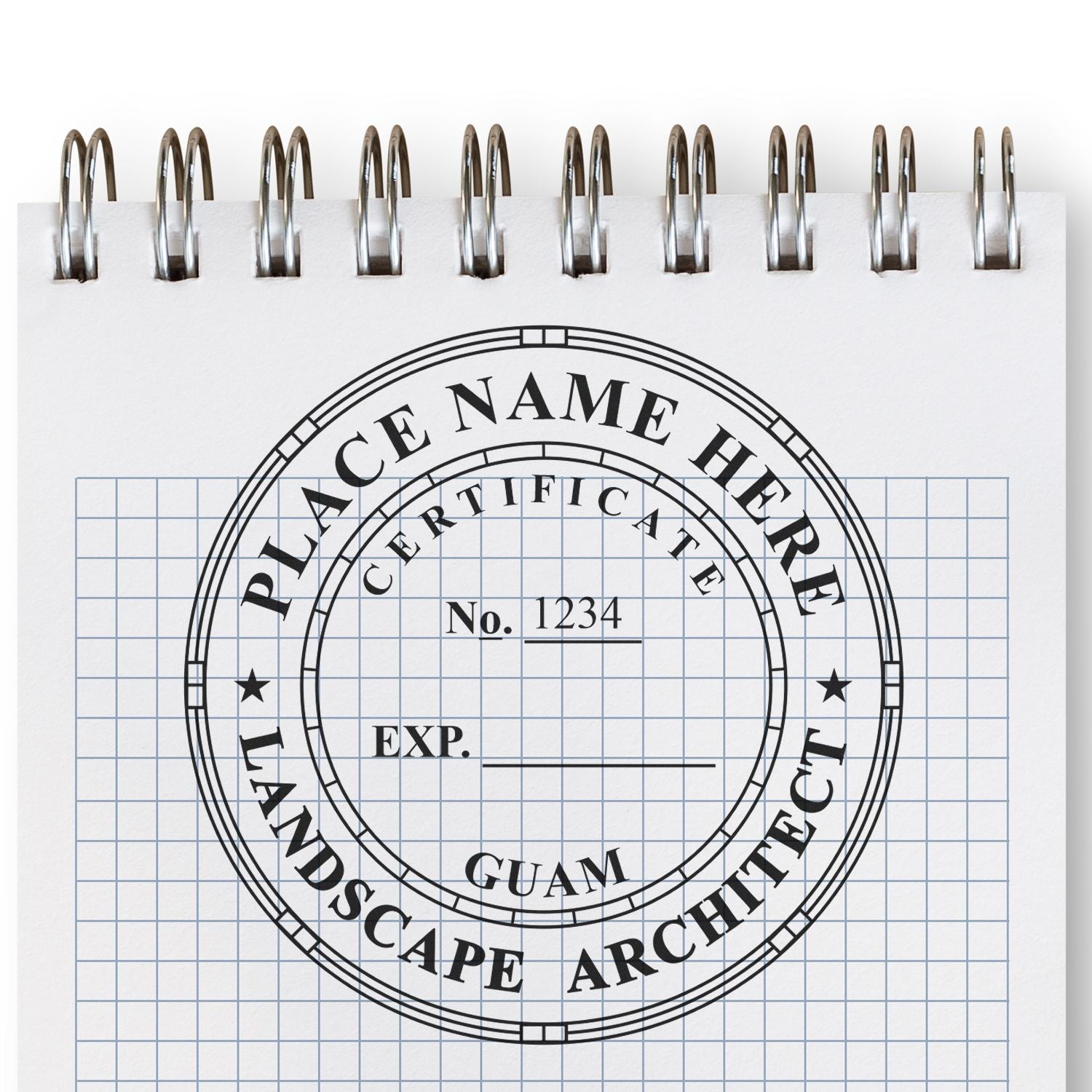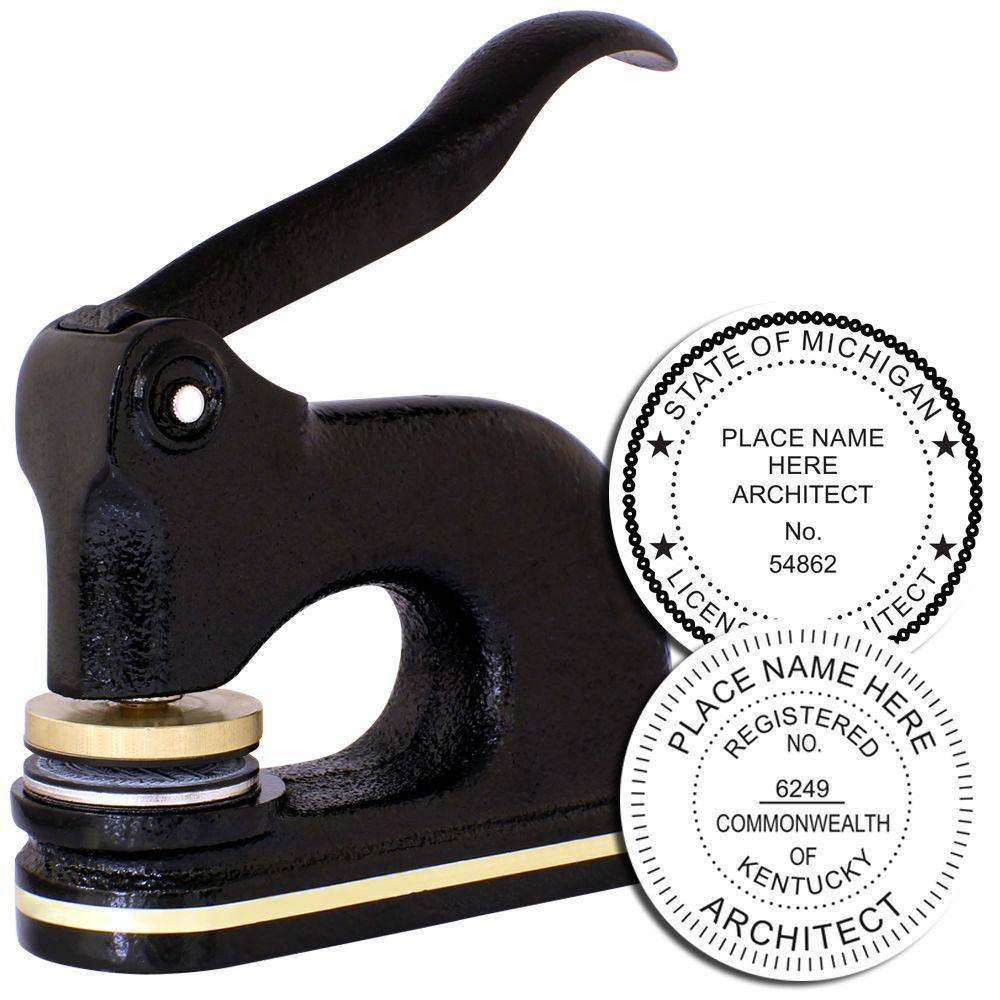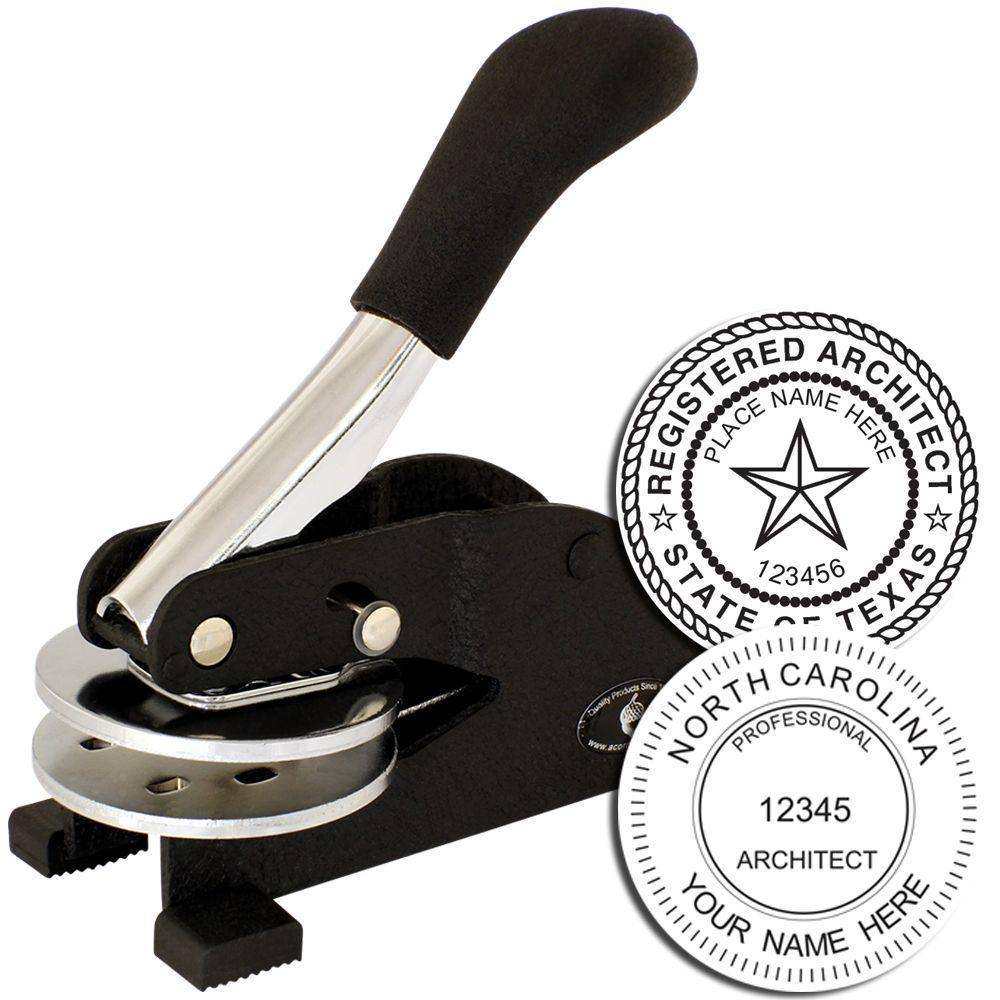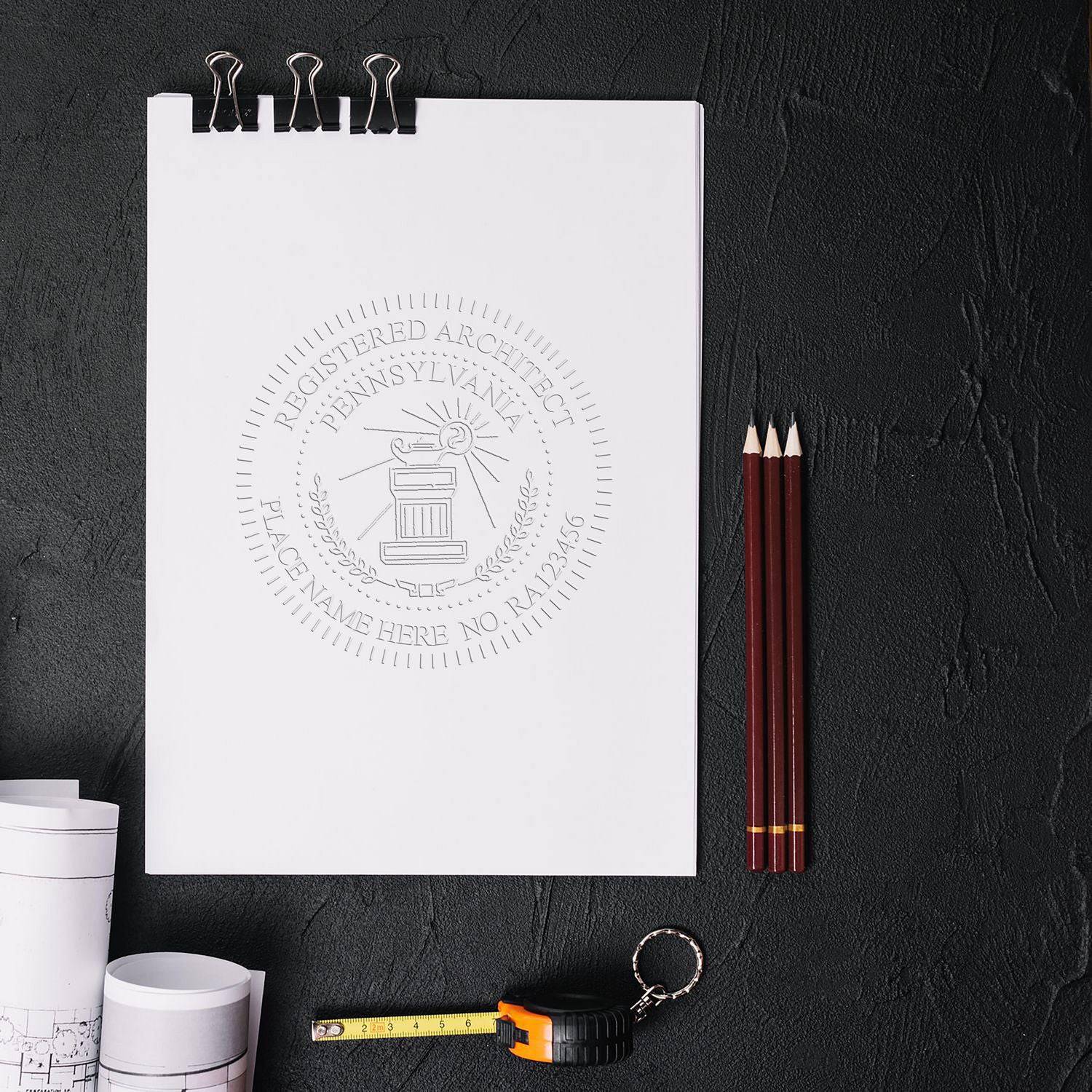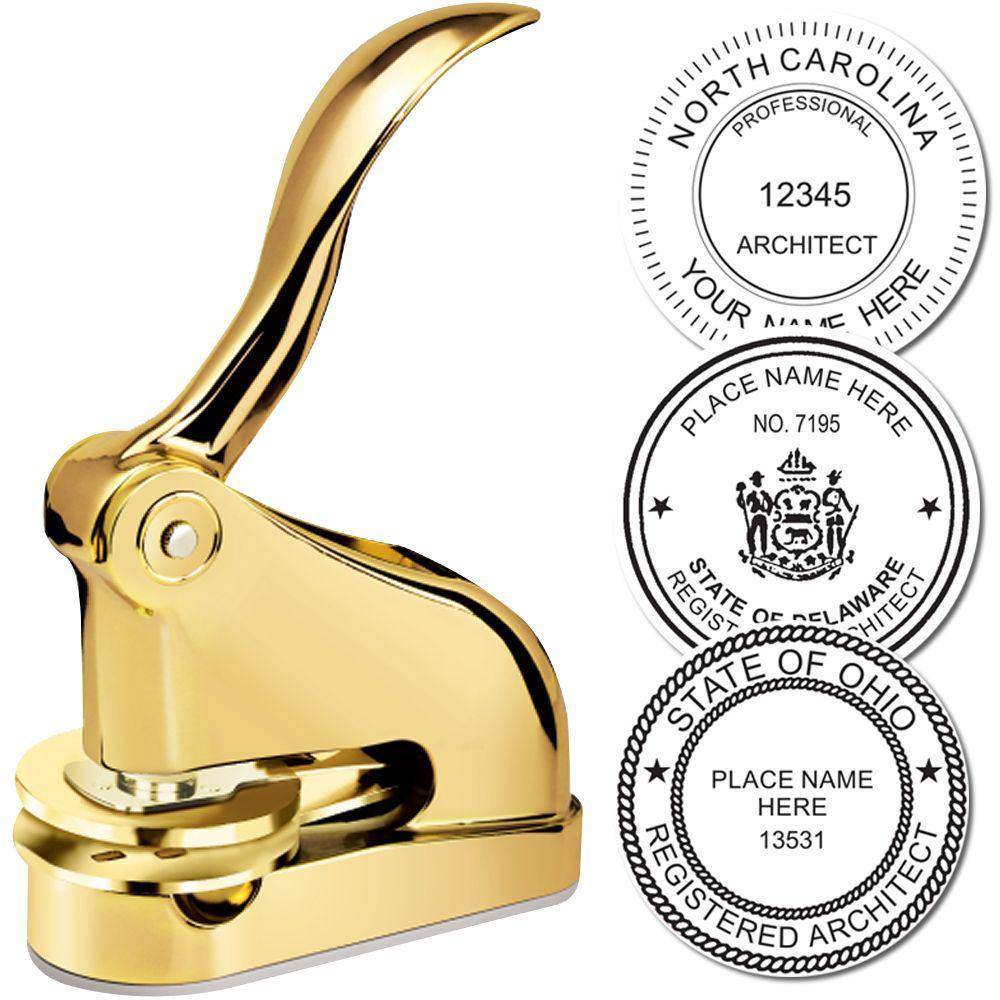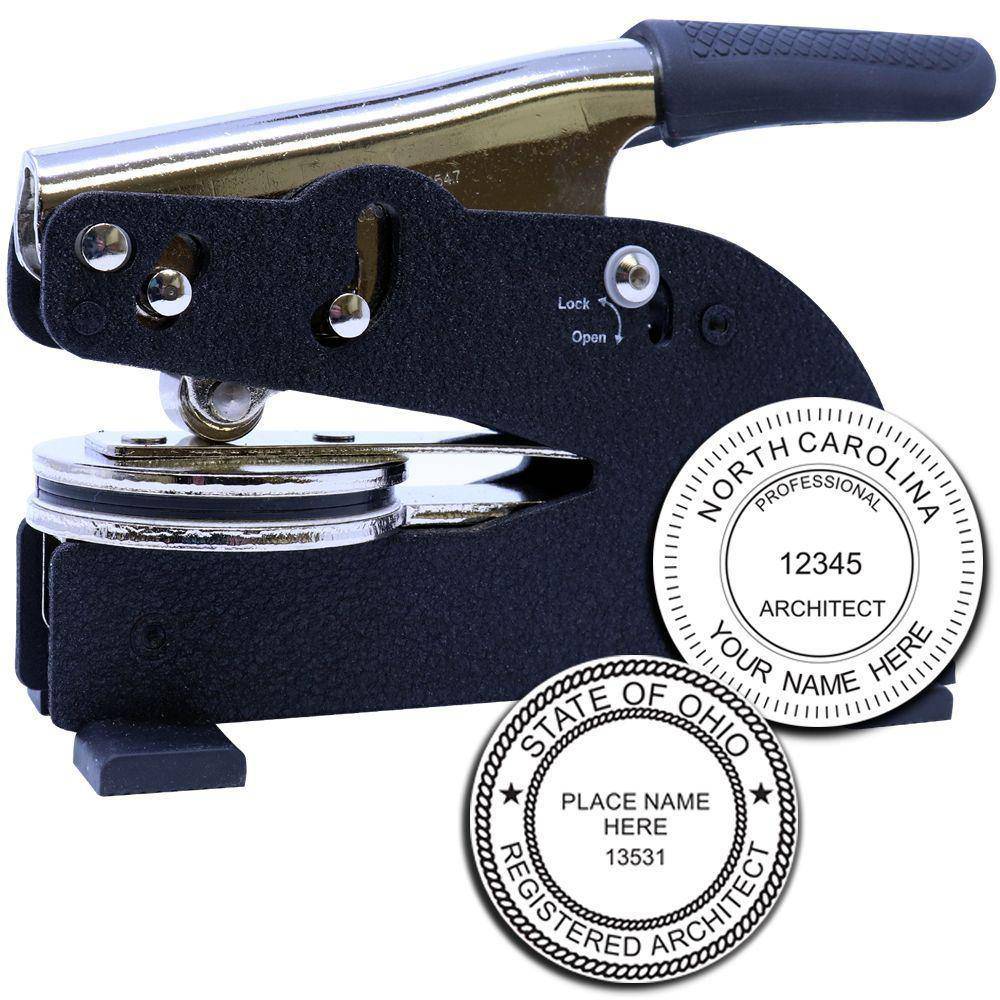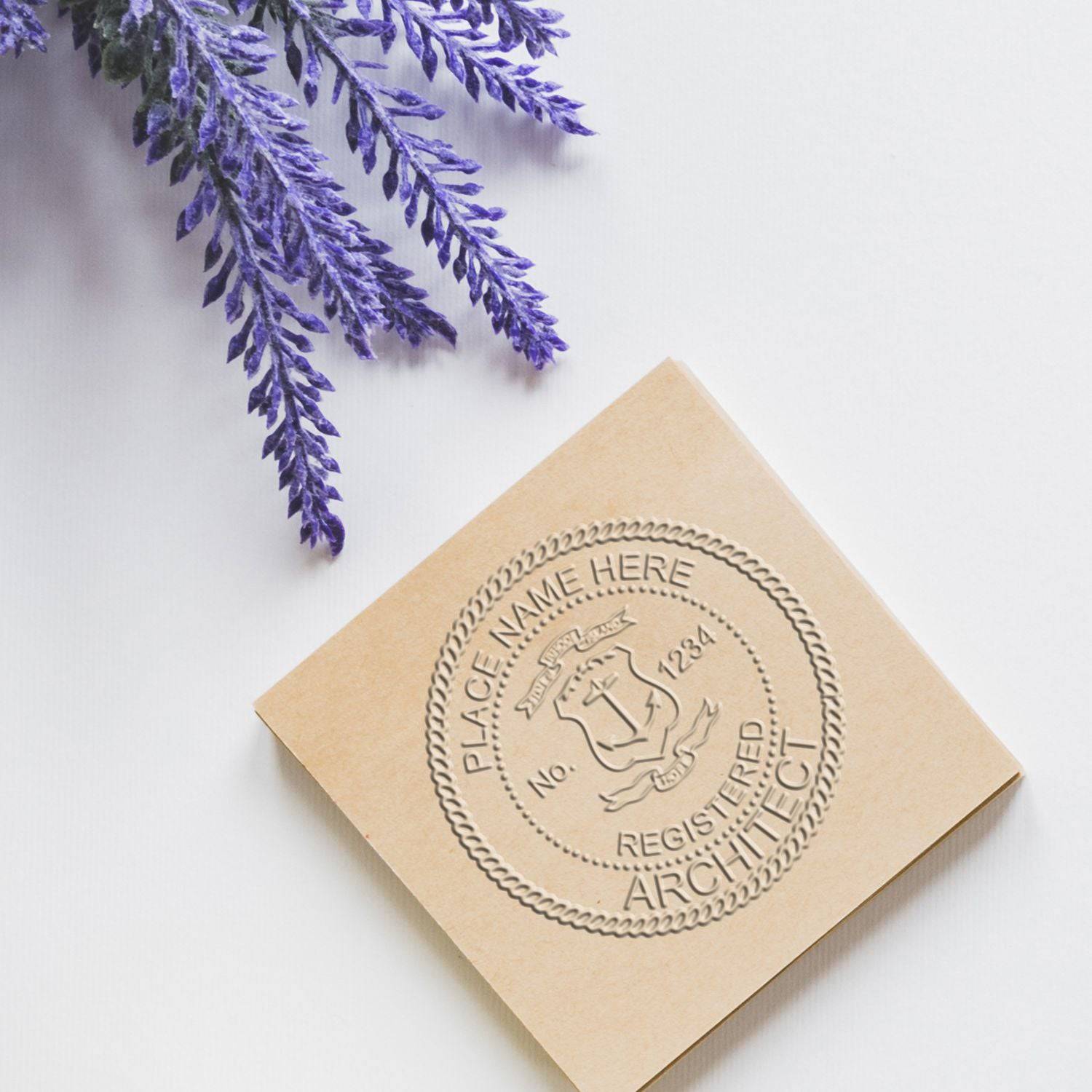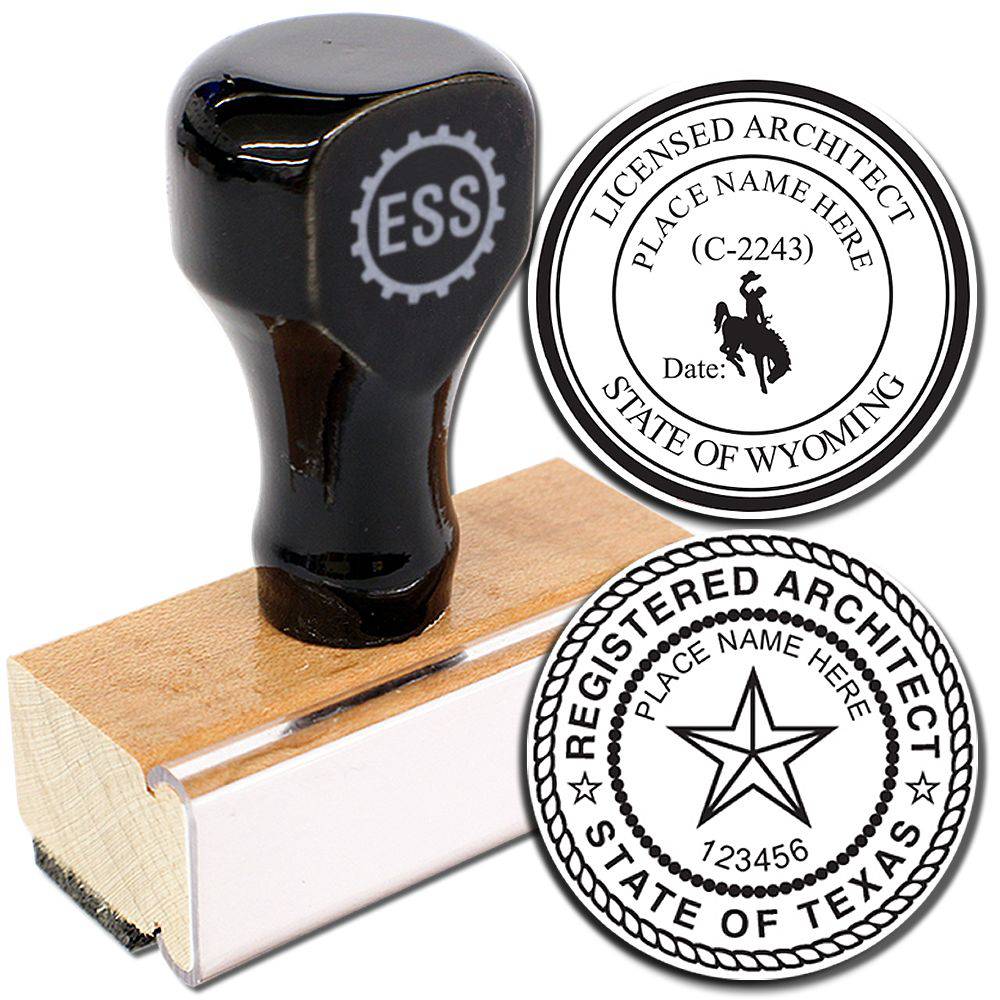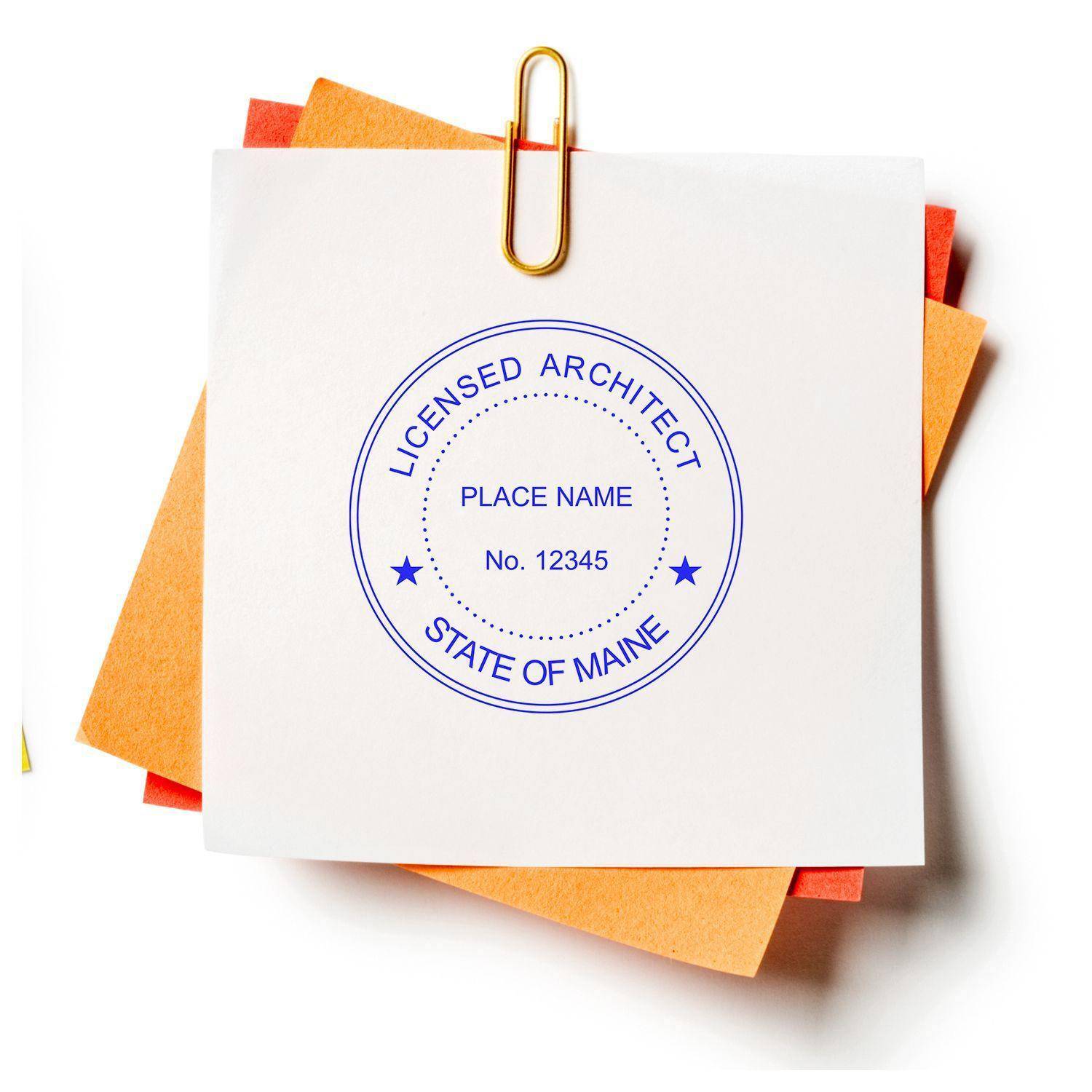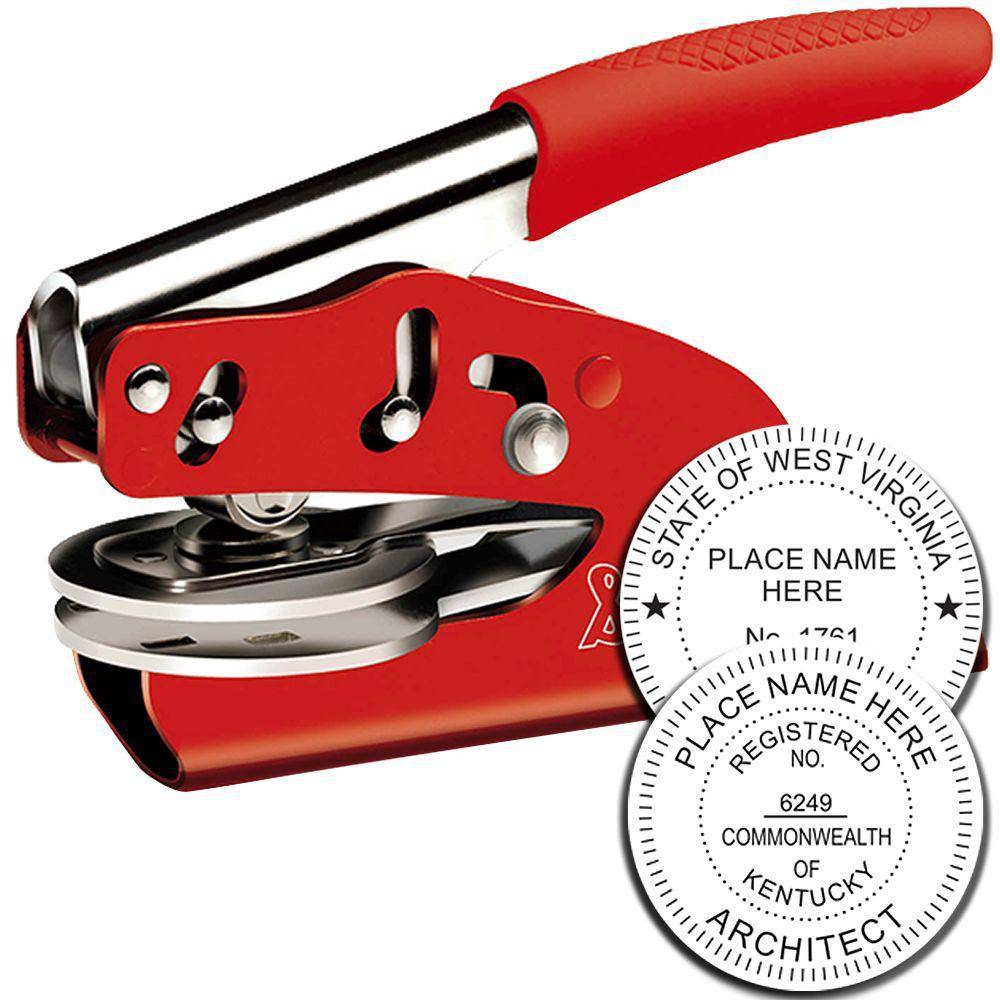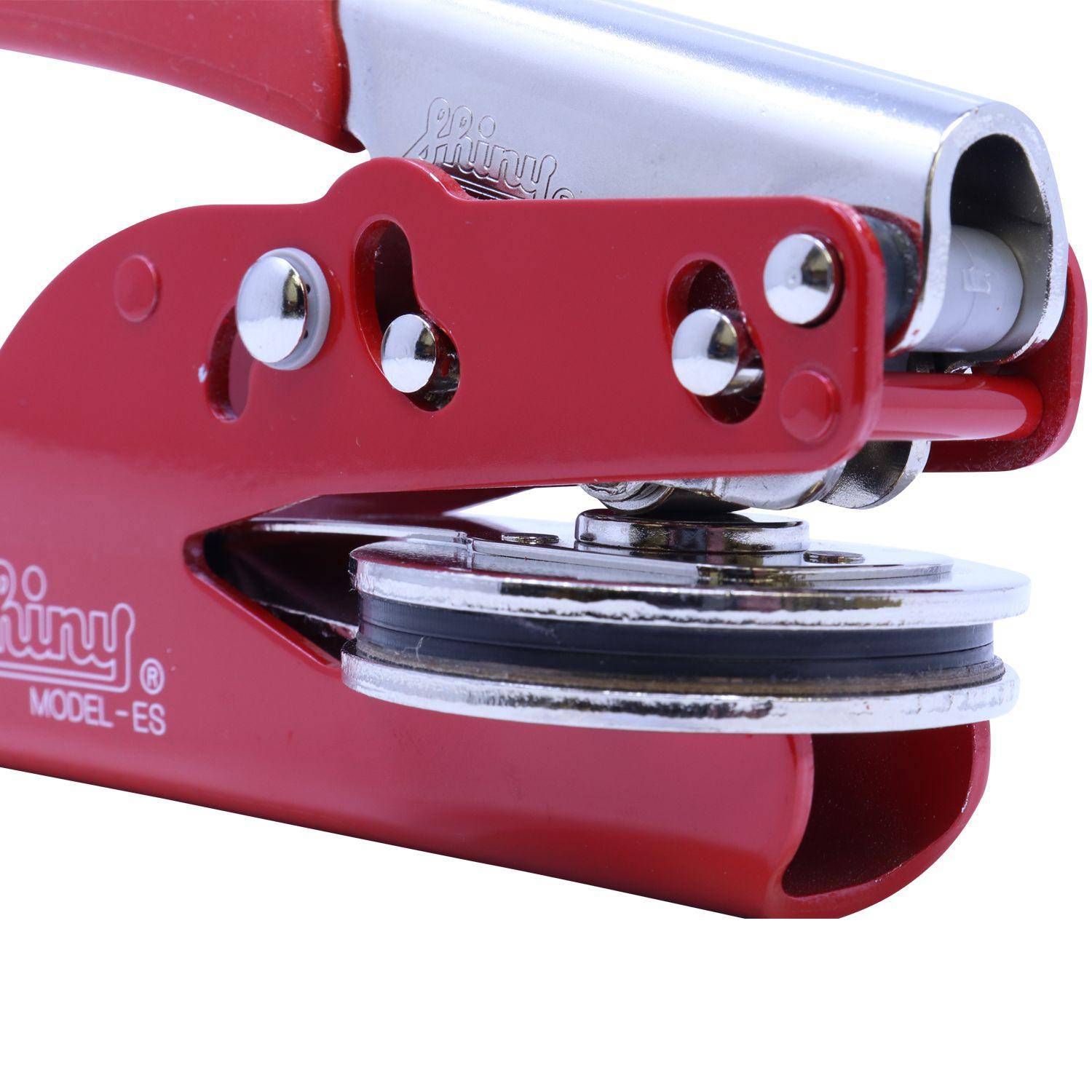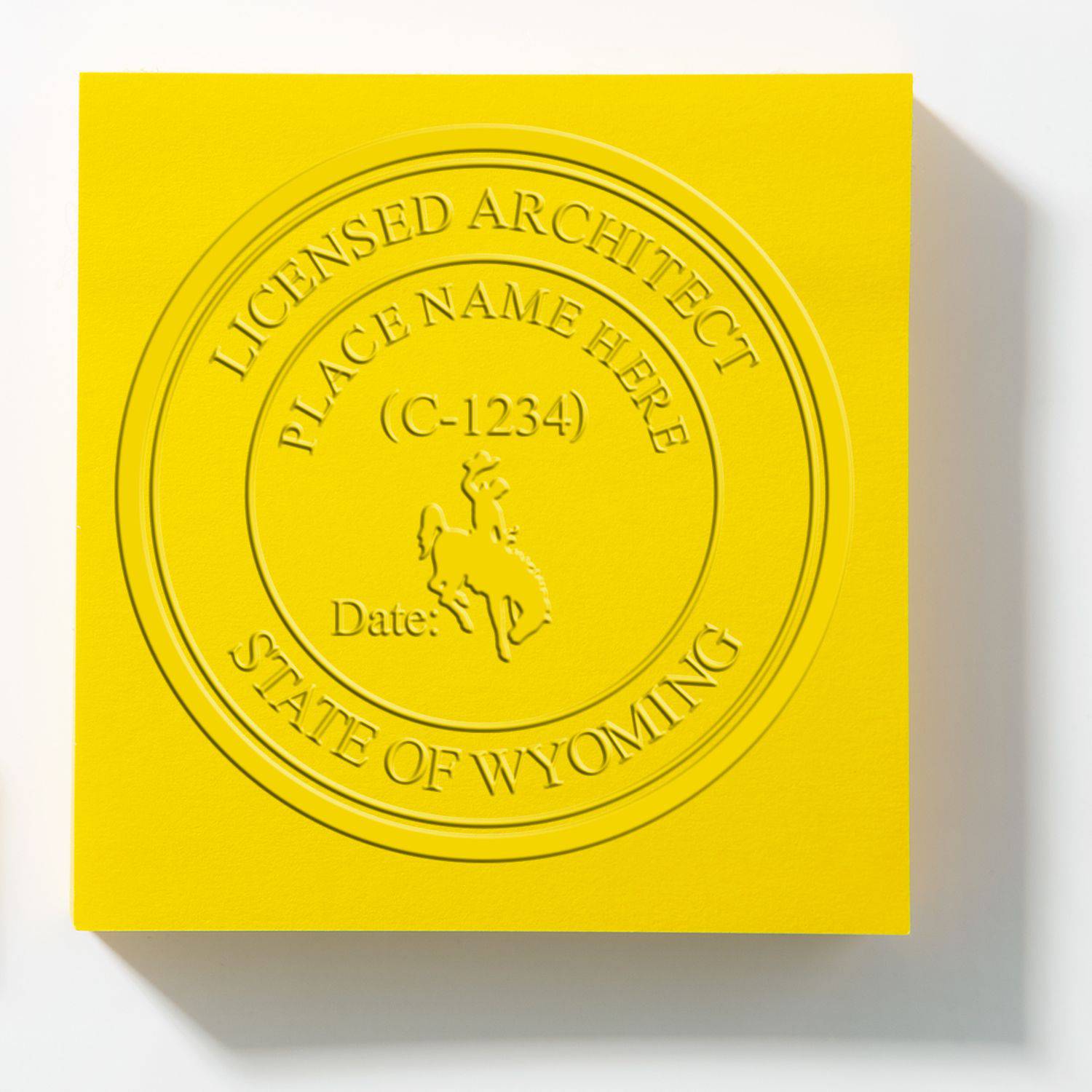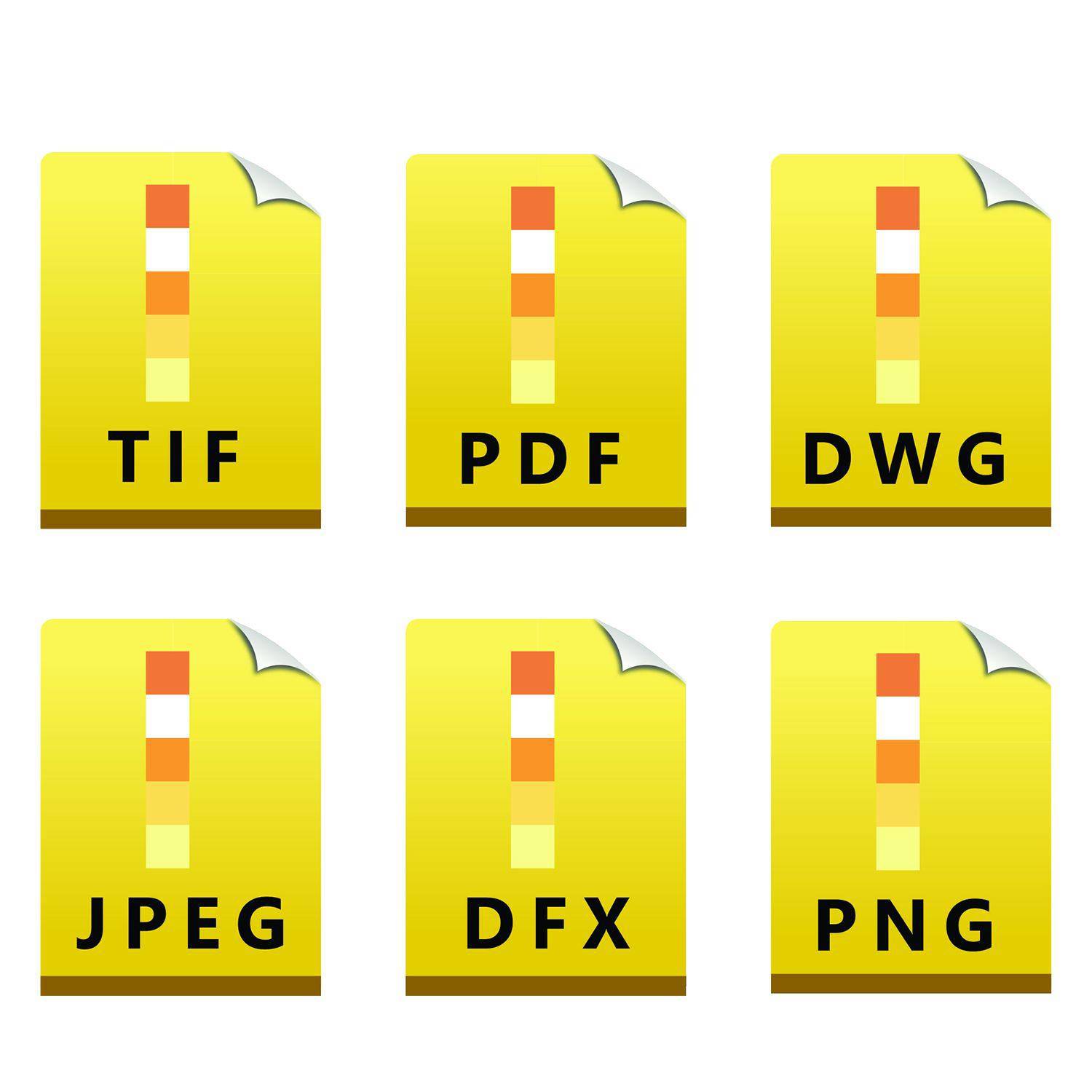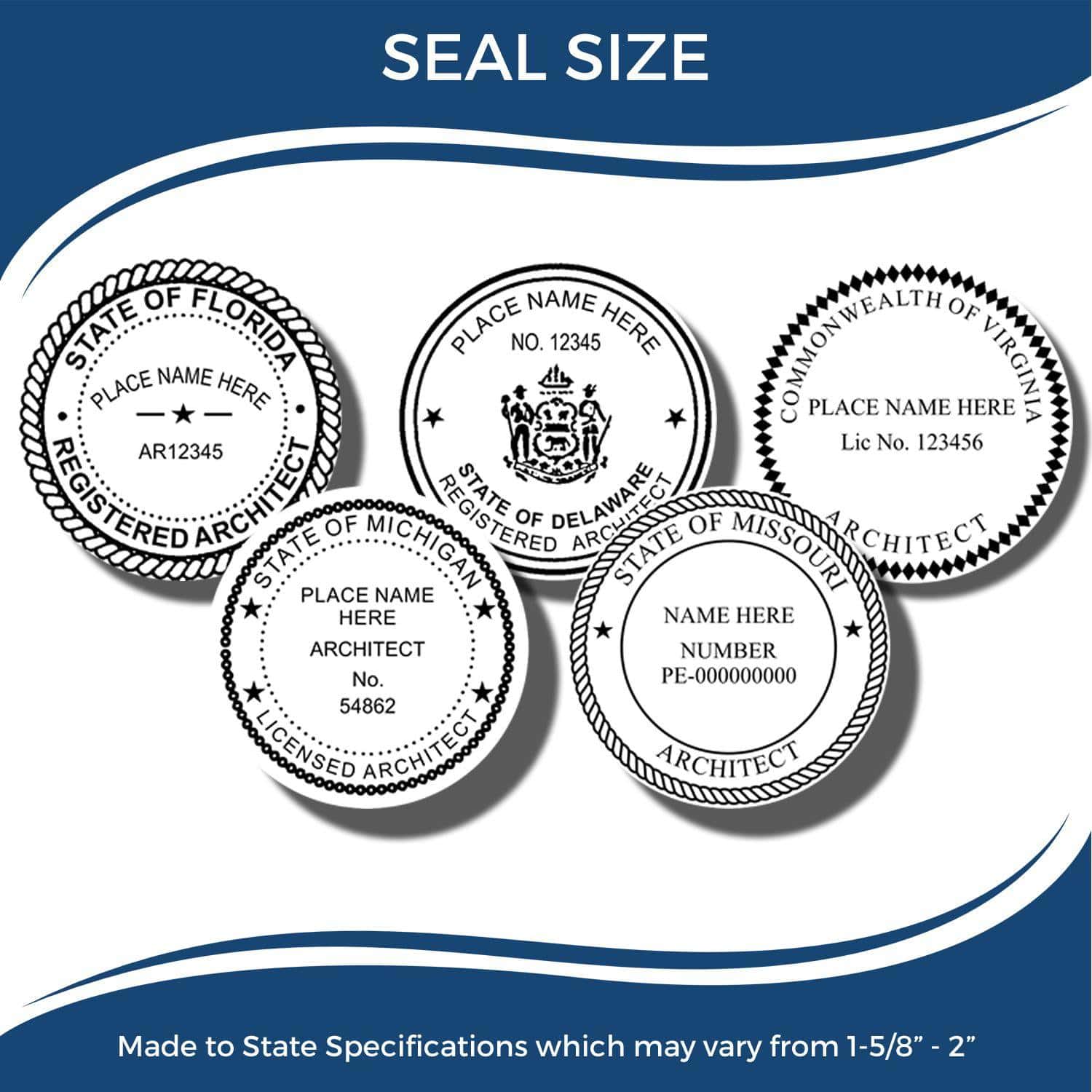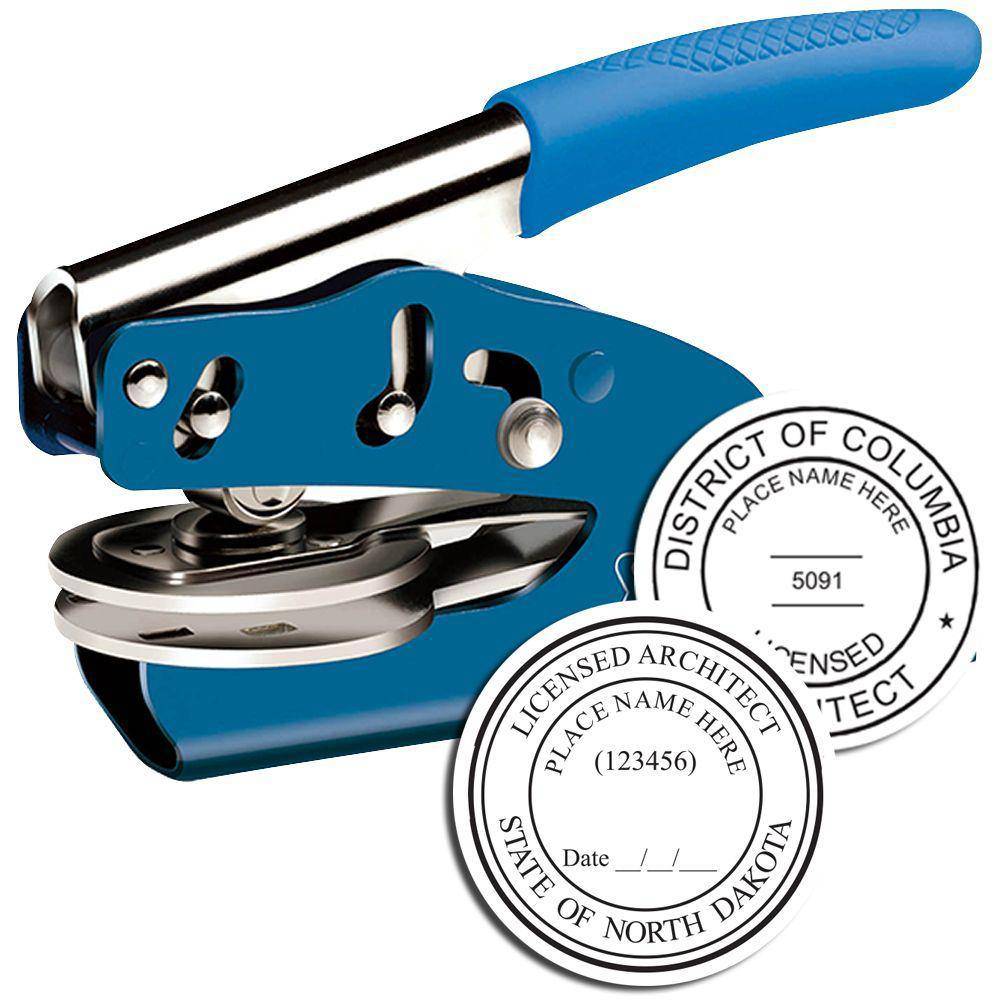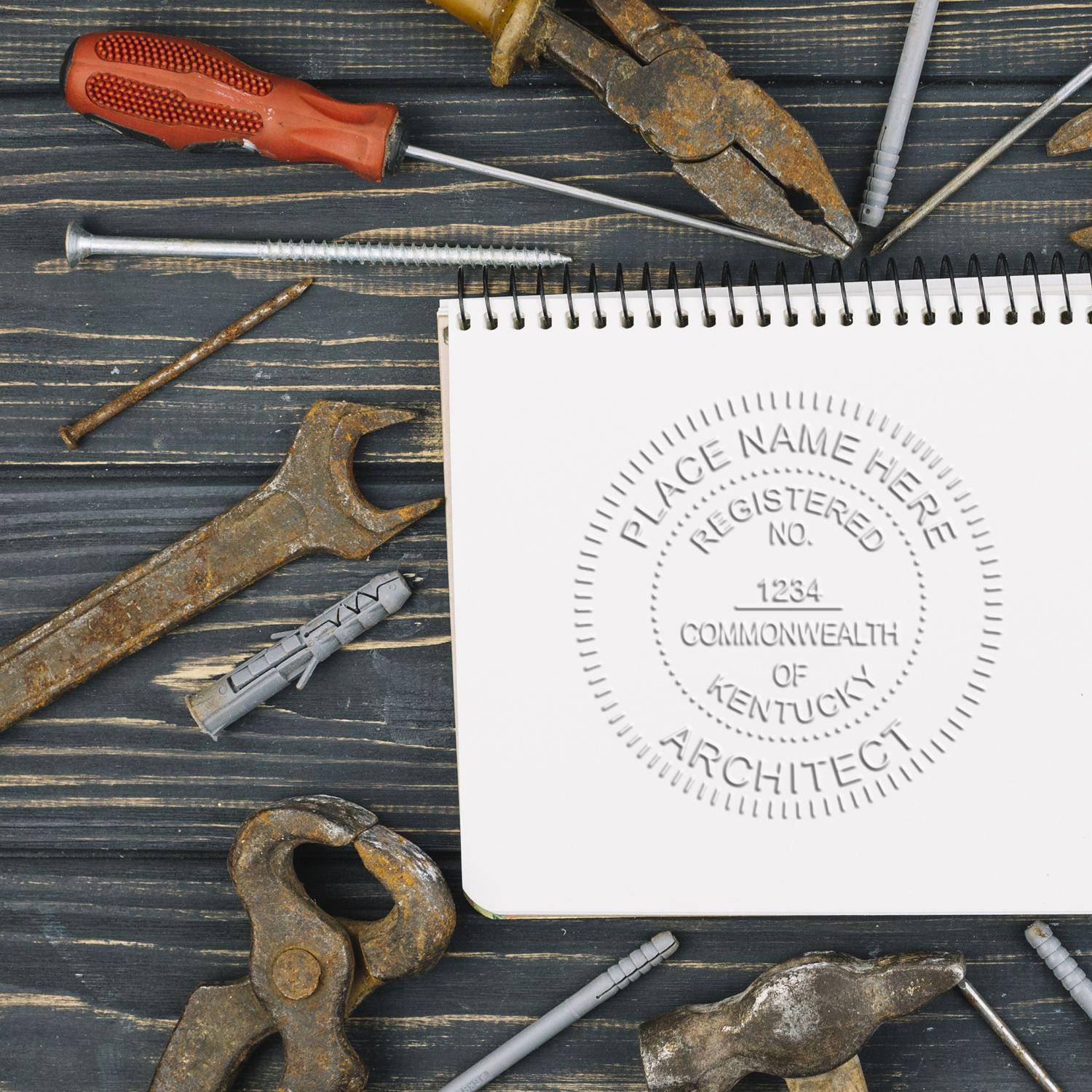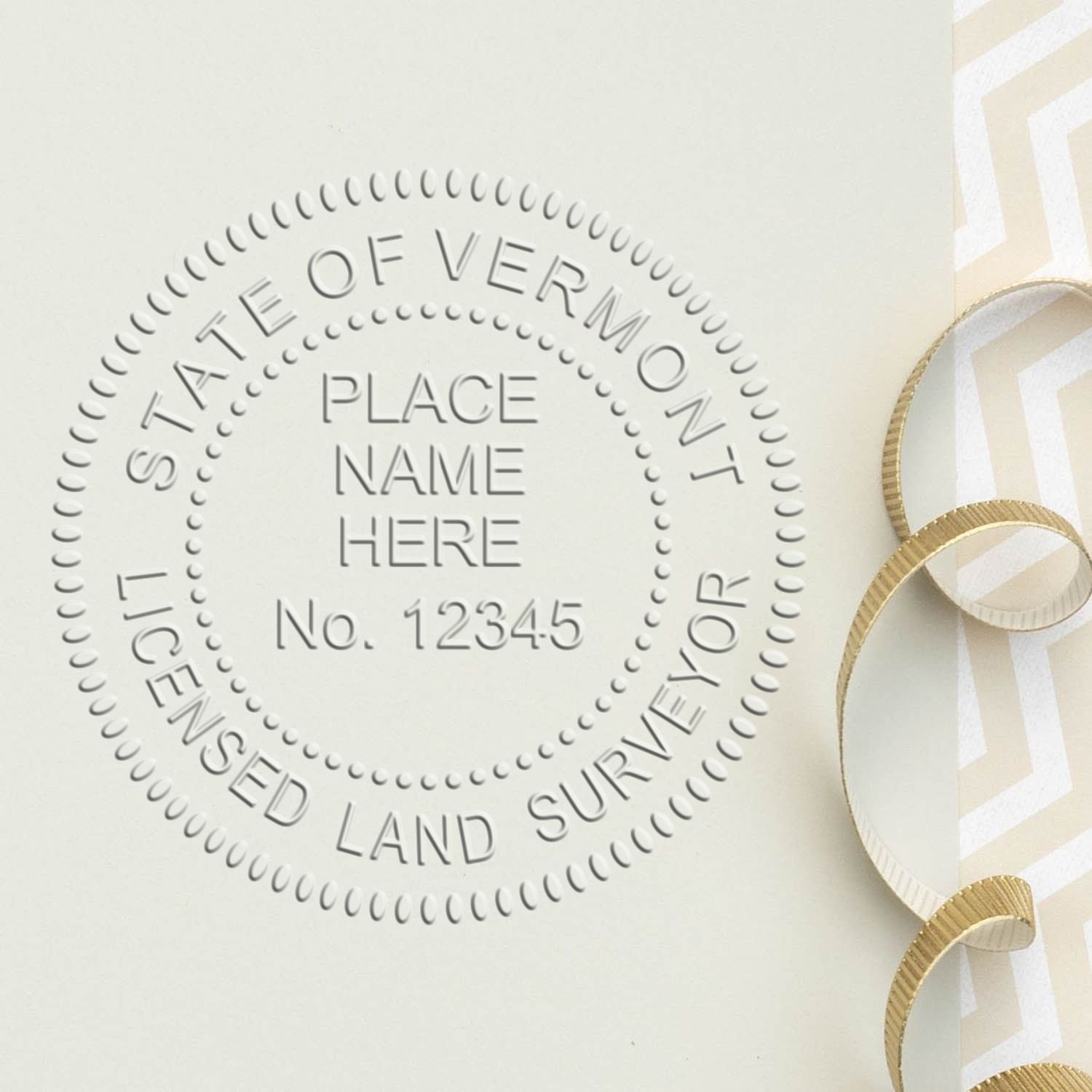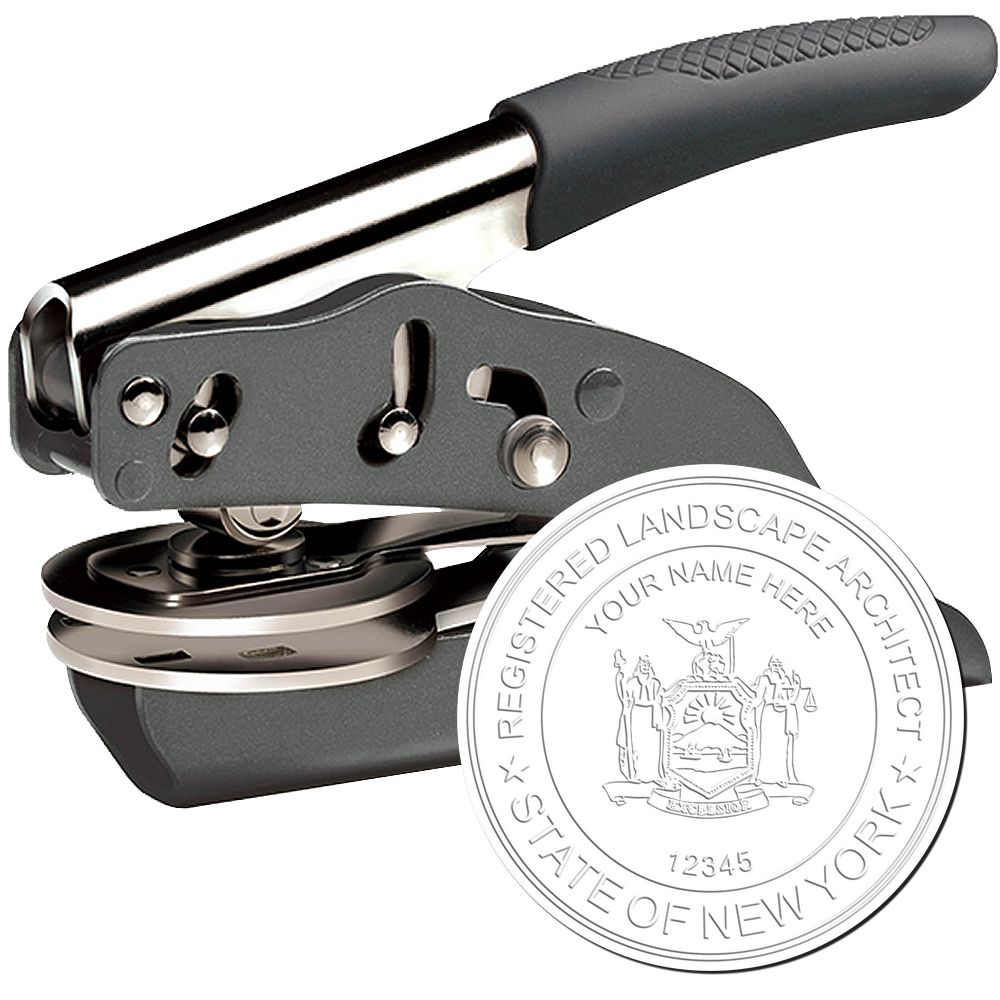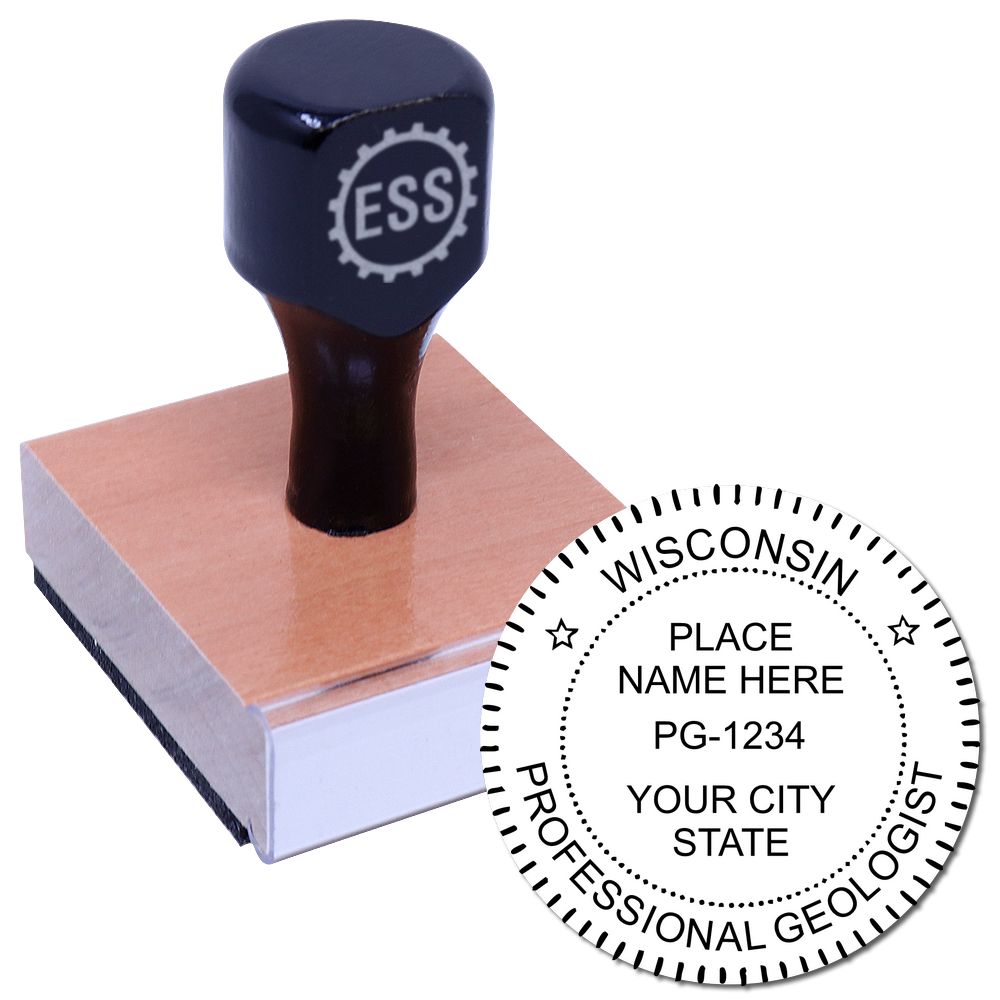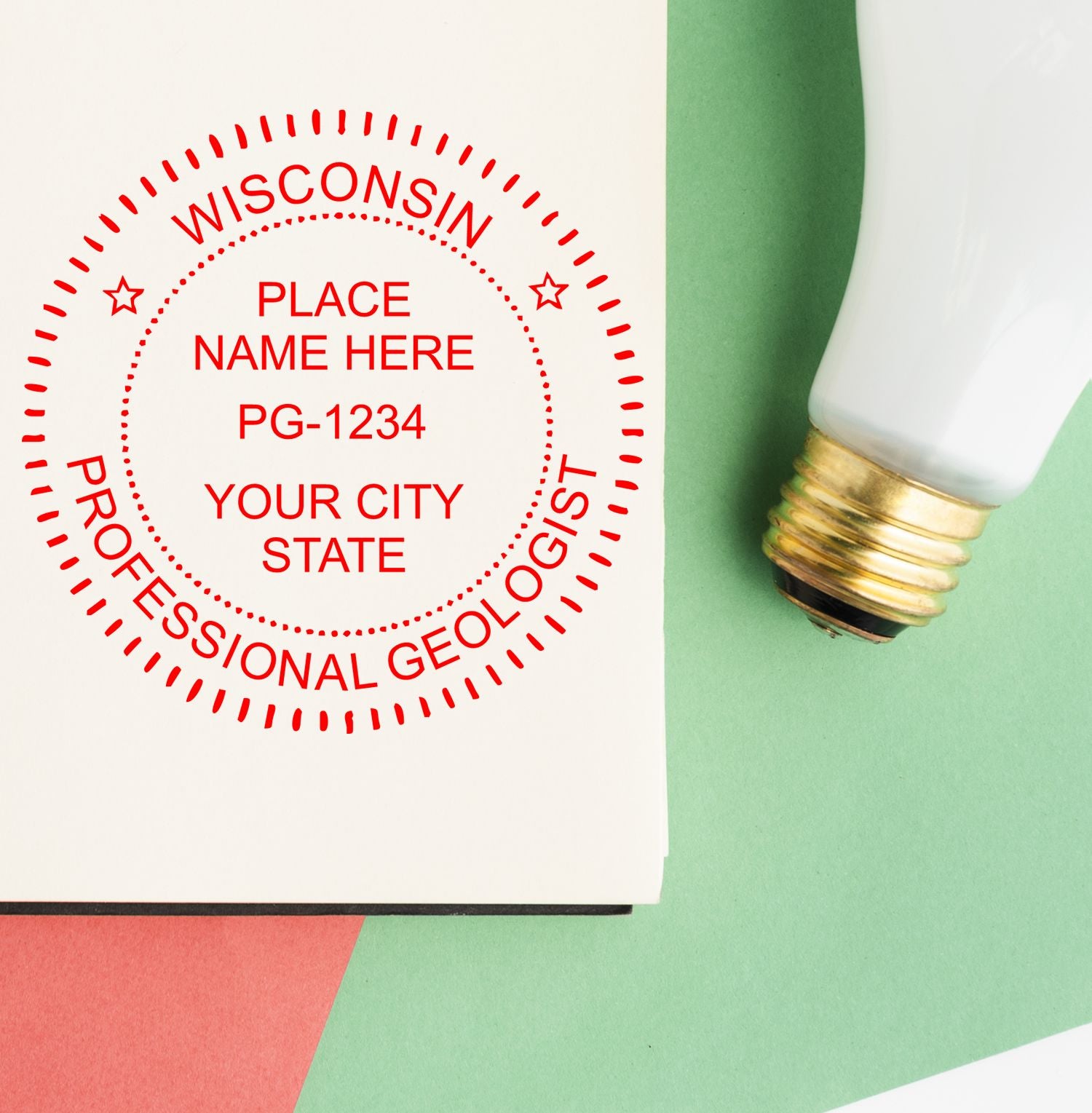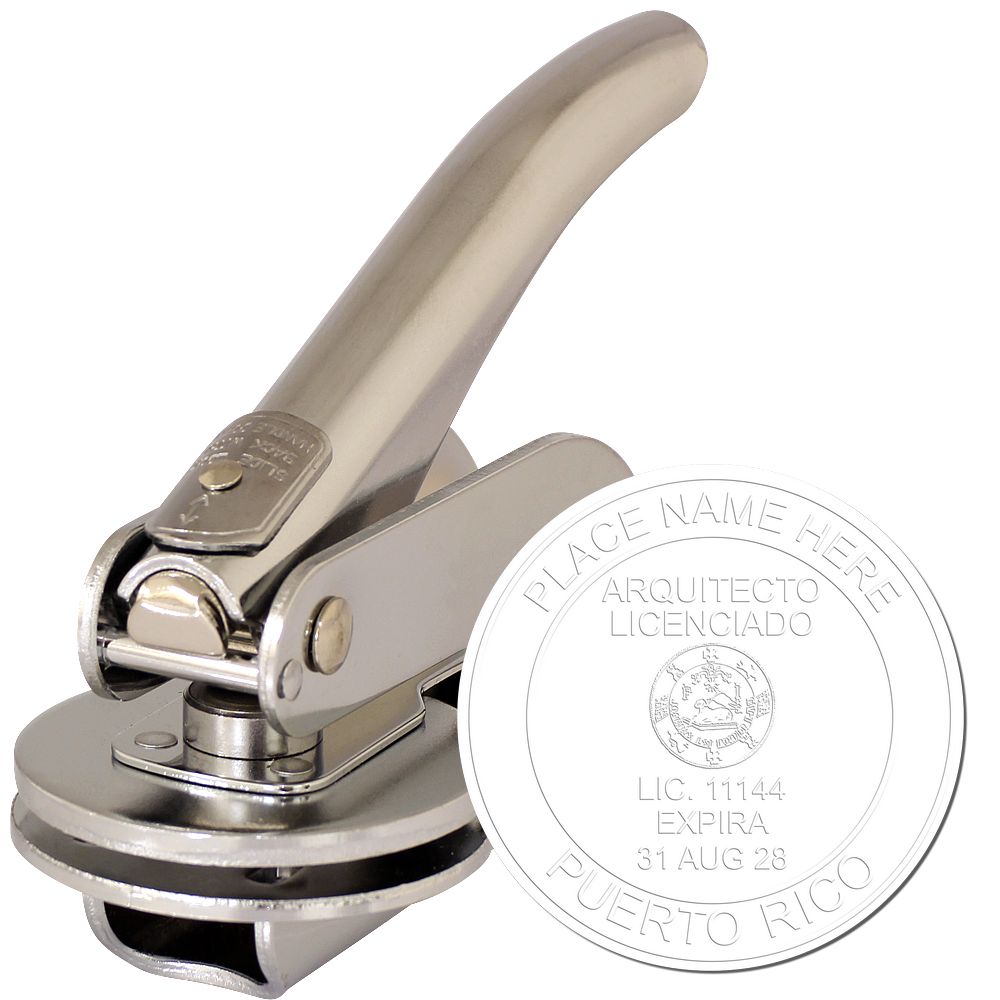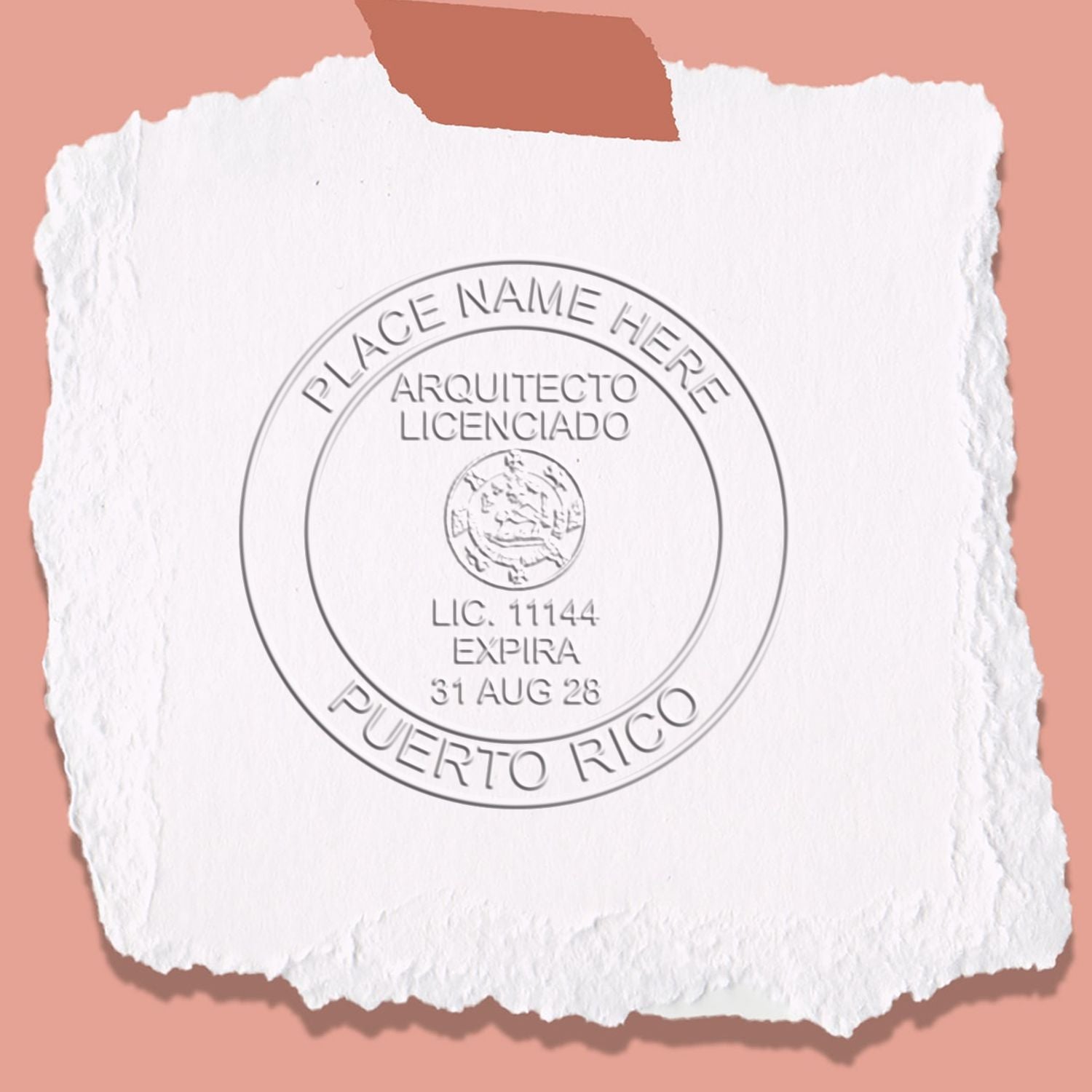Understanding Landscape Architect Stamps and Seals
Navigating the world of landscape architecture requires an understanding of many components, one of which includes the use of landscape architect stamps and seals. These professional identifiers are governed by specific regulations to ensure their appropriate use.
The Purpose of Landscape Architect Stamps and Seals
Landscape architect stamps and seals serve a dual purpose. They are vital for demonstrating the legitimacy of a design and confirming that the work has been performed by a licensed professional. These stamps and seals are typically affixed to designs, plans, or reports to indicate professional responsibility and compliance with local regulations.
The inclusion of landscape architect stamps and seals also imparts a level of credibility and authority to the document. They confirm that the design adheres to the required standards and has been vetted by a qualified professional. To understand more about how these stamps and seals are designed, you can refer to our article on landscape architect stamp design.
Overview of Landscape Architect Stamp Regulations
Understanding landscape architect stamp regulations is key to ensuring that these professional identifiers are used correctly. The regulations surrounding the use of landscape architect stamps and seals can vary significantly from one jurisdiction to another. They usually cover aspects such as the size of the stamp or seal, the information it should contain, and how and when it should be used.
In many regions, the stamp or seal must include the name of the professional, their license number, and the jurisdiction in which they are authorized to practice. They must also be clearly legible and of a certain size. For more information on size requirements, you can explore our article on landscape architect seal size.
It's important to note that misuse of a landscape architect stamp or seal can have serious consequences, including professional reprimands, fines, or even loss of licensure. Therefore, it's crucial for professionals in the field to stay up-to-date with the current regulations in their jurisdiction, ensuring that they are using their stamps and seals appropriately and ethically.
Understanding these regulations is the first step towards navigating the landscape architecture profession successfully. By staying informed about the purpose and correct use of landscape architect stamps and seals, professionals can uphold their responsibilities and maintain the trust of their clients and peers.
The Do's of Landscape Architect Stamp Regulations
Understanding and adhering to landscape architect stamp regulations is essential for anyone looking to purchase a landscape architect stamp or seal. This section will cover crucial aspects, focusing on ensuring validity, keeping up with current regulations, and appropriate usage of stamps and seals.
Ensuring Validity
To begin with, ensuring the validity of your landscape architect stamp is a fundamental step. This requires the stamp to meet the design, size, and embossing requirements set out by the relevant authorities. The stamp should clearly display the necessary information, such as the name of the landscape architect, license number, and state of practice.
Optionally, a date of issuance and expiration may also be included. It's vital to ensure the information is correct and up-to-date to maintain the stamp's validity. For more specific information on validity requirements, refer to our article on landscape architect seal requirements.
Keeping Up With Current Regulations
Staying informed about current landscape architect stamp regulations is another crucial aspect. Regulations can vary across states and may be subject to changes over time. Therefore, it's important to regularly check for updates from the state board or licensing body.
In addition to state-specific regulations, it's also beneficial to familiarize yourself with common themes in regulations across states. This could provide a broader understanding that could be useful in multi-state practice scenarios. For more detailed insight into these regulations, refer to our article on landscape architect stamp design.
Appropriate Usage of Stamps and Seals
Adhering to appropriate usage guidelines is a fundamental part of landscape architect stamp regulations. Stamps and seals should only be used for their intended purpose – to certify and authenticate professional documents. Misuse, such as using the stamp or seal in promotional materials, is generally prohibited.
Additionally, the landscape architect should only stamp or seal documents they have personally prepared or directly supervised the preparation of. The stamp or seal signifies the landscape architect's responsibility for the work, and inappropriate usage could lead to penalties. For a deeper understanding of usage guidelines, see our article on landscape architect seal guidelines.
In conclusion, adhering to these do's of landscape architect stamp regulations will ensure you uphold professional standards, maintain the validity of your stamp or seal, and avoid potential penalties. By staying informed and using your stamp or seal appropriately, you can navigate the complexities of these regulations with confidence.
The Don'ts of Landscape Architect Stamp Regulations
Navigating landscape architect stamp regulations can be complex, but understanding the "don'ts" is just as important as knowing the "do's". This section will discuss the potential pitfalls to avoid, the penalties for non-compliance, and some common myths and misconceptions.
Avoiding Misuse
Misuse of a landscape architect stamp or seal can lead to serious repercussions. It's crucial not to use a stamp or seal without the necessary qualifications and licensing. It's also imperative not to use someone else's stamp or seal without their explicit permission and supervision.
Furthermore, never use a stamp or seal to endorse plans, drawings, or specifications that you didn't personally prepare or directly supervise the preparation of. Always ensure the work meets the required standards before applying your stamp or seal. For more information on appropriate use, refer to our guide on landscape architect seal guidelines.
Non-Compliance Penalties
Violating landscape architect stamp regulations can result in severe penalties. These may include fines, license suspension or revocation, and even criminal charges in some instances. Below is a table illustrating potential penalties for non-compliance:
| Violation | Potential Penalty |
|---|---|
| Unauthorized Use | Fine, License Suspension |
| Stamp Misuse | Fine, License Revocation |
| Endorsing Subpar Work | Fine, Criminal Charges |
To avoid such penalties, stay updated with the current regulations pertaining to landscape architect stamps and seals. Always adhere to the guidelines set by the licensing board in your state.
Myths and Misconceptions
There are numerous myths and misconceptions surrounding landscape architect stamps and seals. For instance, one common misconception is that a stamp or seal automatically makes a plan or design legally binding. In reality, a stamp or seal represents the professional's affirmation that the work meets the required standards — it does not inherently guarantee legal protection.
Another myth is that all landscape architect stamps and seals are the same. However, the design, size, and requirements vary significantly from state to state. For more precise information, check out our articles on landscape architect stamp design and landscape architect seal size.
By understanding the "don'ts" of landscape architect stamp regulations, professionals can ensure their practices are in line with legal and ethical standards. This knowledge can help prevent costly mistakes and safeguard one's professional reputation.
Landscape Architect Stamp Regulations Across States
When it comes to landscape architect stamp regulations, it's essential to understand that rules can vary across different states. Hence, it's crucial to familiarize oneself with the specific regulations pertaining to the state one is practicing in.
State-Specific Regulations
Each state has its own particular rules for landscape architect seals and stamps. These regulations cover a range of aspects including the stamp's design, size, and the information it must contain. For instance, some states require the stamp to include the landscape architect's license number, while others may necessitate the inclusion of the license's expiry date.
Additionally, the manner in which the stamp or seal is applied can also be dictated by state-specific regulations. Some states may accept digital versions of the stamp, while others may require a physical impression or embossing. It's crucial to adhere to these requirements to ensure the validity of the stamp or seal.
For a comprehensive understanding of state-specific regulations, refer to our article on landscape architect seal requirements.
Common Themes in Regulations
Despite the variations in landscape architect stamp regulations across states, certain common themes can be observed. These typically revolve around the purpose of the stamp, the information it must contain, and the responsibility of the landscape architect in using the stamp.
-
Purpose of the Stamp: Across all states, the primary purpose of the landscape architect stamp is to authenticate and validate architectural drawings and documents.
-
Information on the Stamp: Most states require the stamp to contain specific information such as the landscape architect's name, license number, and the state of licensure.
-
Responsibility of the Landscape Architect: Regardless of the state, the responsibility of using the stamp correctly lies with the landscape architect. Misuse or non-compliance can lead to penalties, including revocation of the license.
Understanding these common themes can provide a general guideline for navigating the complexities of landscape architect stamp regulations. However, always refer to your specific state's regulations to ensure full compliance. Our article on landscape architect seal guidelines provides a detailed overview of these regulations.
In conclusion, while state-specific regulations for landscape architect stamps and seals may vary, the underlying principle remains the same: these tools serve as an official endorsement of professional work and must be used responsibly. Always stay updated with your state's current regulations and best practices to ensure you're using your stamp or seal correctly.
Tips for Navigating Landscape Architect Stamp Regulations
Navigating the landscape architect stamp regulations can seem complex, but with the right approach, it's manageable. Here are some tips for staying informed, best practices for stamp and seal usage, and advice on when to consult a professional.
Staying Informed
Regulations related to landscape architect stamps and seals can vary across states and evolve over time. Therefore, staying updated on the current regulations is crucial.
Most states have dedicated websites or portals where they regularly post updates regarding any changes in legislation or procedure. Subscribing to relevant newsletters, joining professional associations, and participating in industry forums can also help keep you informed about the latest developments in landscape architect stamp regulations.
For further information on state-specific requirements, refer to our article on landscape architect seal requirements.
Best Practices for Stamp and Seal Usage
When it comes to using your landscape architect stamp or seal, following some best practices can prevent misuse and ensure compliance with regulations:
- Only use your stamp or seal for work that falls within your area of expertise and licensing.
- Never lend your stamp or seal to another individual, even if they are a licensed landscape architect.
- Always review and approve the work before applying your stamp or seal.
- Make sure your stamp or seal is clear and legible when applied to documents.
For tips on creating an effective stamp or seal design, visit our guide on landscape architect stamp design.
When to Consult a Professional
While being proactive about staying informed and following best practices is crucial, there may be situations where consulting a professional is advisable.
If you are unsure about any aspect of the regulations, it's best to seek advice from a legal professional or a mentor in your field. They can provide guidance based on their experience and understanding of the landscape architect stamp regulations.
Additionally, if you are facing a regulatory audit or a complaint regarding the misuse of your stamp or seal, consulting a professional can help navigate these situations effectively.
For more detailed guidelines regarding landscape architect stamps and seals, refer to our article on landscape architect seal guidelines.
Navigating the landscape architect stamp regulations may seem daunting, but with these tips, you can ensure that you stay compliant while using your stamp or seal effectively and professionally.
About ESS
At Engineer Seal Stamps or ESS, industry. Our dedication to delivering stellar customer service is evident in our state board guarantee on all our top-quality products.
With years of experience in the industry, we have perfected the art of crafting high-quality seals and stamps that meet the needs of engineers, architects, surveyors, and other professionals. Whether you are looking for traditional embossing seals or modern self-inking stamps, we have you covered.
Our commitment to quality is reflected in every aspect of our business, from the materials we use to the state-of-the-art machines we employ in the manufacturing process. We understand the importance of precision and accuracy in your work, which is why we go the extra mile to ensure that all our products are of the highest quality. At ESS, we believe that our success is measured by the satisfaction of our customers and the trust they place in our products. That's why we always strive to provide excellent customer service, from answering queries to providing expert advice on the best products to suit your needs.
In summary, ESS is more than just a manufacturer of custom rubber stamps, professional seals, and notary stamps. We are a team of dedicated professionals committed to providing our customers with the highest quality products, along with exceptional customer service that exceeds their expectations.

